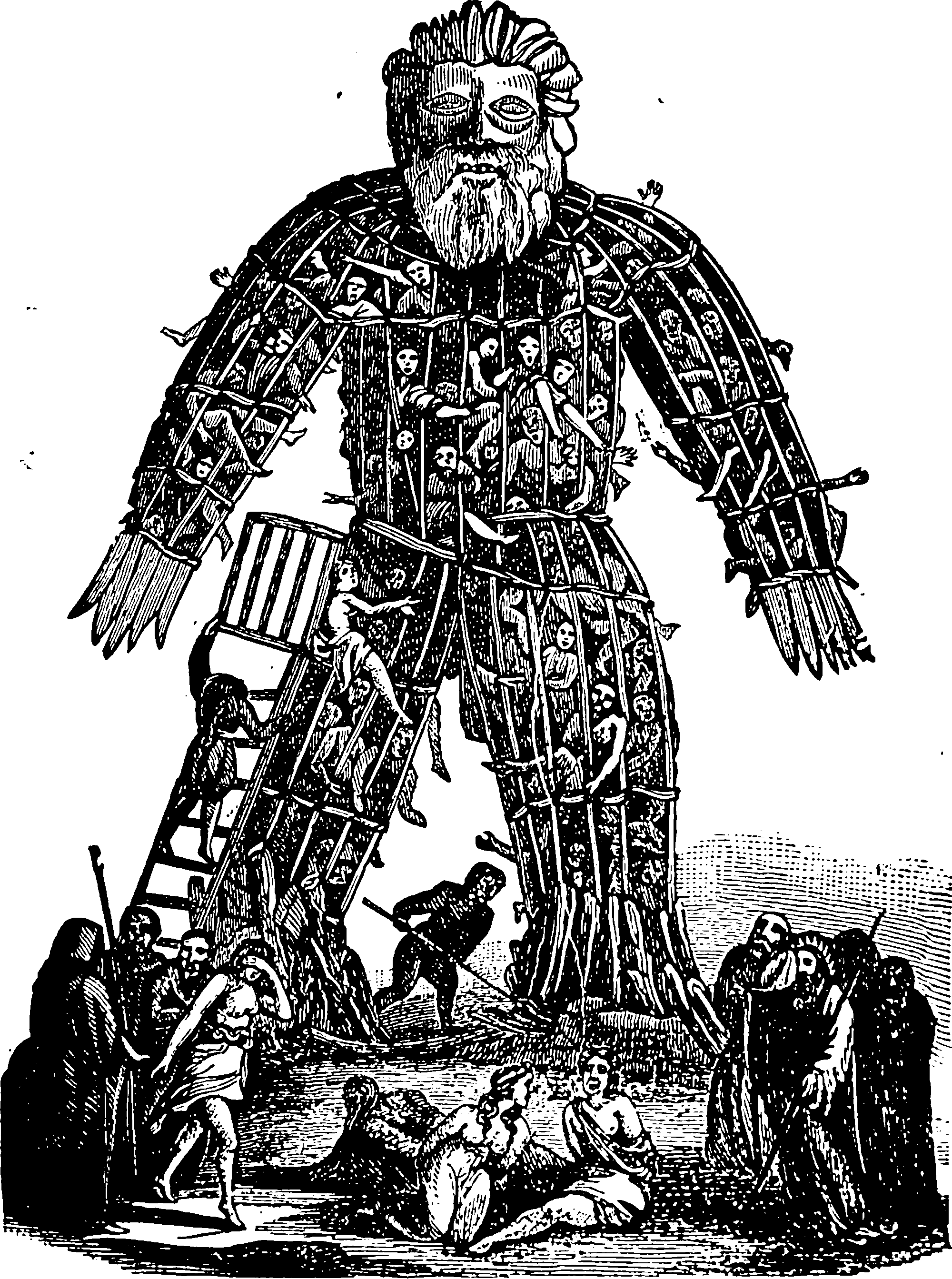Teamwork
January 25, 2020 — June 4, 2024
Suspiciously similar content
Notes on applied teamwork. Teams are the actual work unit in a large organization and generally need to work well to get things done. As an obligate extravert, I value teams also as an end, not just a means.
I want to learn how to Do Teams Better. My notes about that are here. Collective Workplace lifehacks. Two-pizza rules, diversity for efficiency or innovation. Methods of communication, the human dimension of project management for social brains who do not know it.
I would like more quantified and peer-reviewed content here, but I will take what I can get.
1 Teams versus organisation
Keep the work parallel, the groups small, and the resources local.
When presented with a set of problems which grow superlinearly intractable as \(N\) increases, our best bet is to keep \(N\) small. If the organization’s intent is to increase value delivery by hiring more people, work efforts must be as independent as possible. …
Google’s Guide to Running the Perfect Meeting.
mhoye writes on software companies and the lessons their particular structures offer. Found via him, Dorian Taylor’s Agile as Trauma:
The Agile Manifesto is an immune response on the part of programmers to bad management. The document is an expression of trauma, and its intellectual descendants continue to carry this baggage. While the Agile era has brought about remarkable advancements in project management techniques and development tools, it remains a tactical, technical, and ultimately reactionary movement. As long as Agile remains in this position it will be liable to backfire, vulnerable to the very depredations of bad management it had initially evolved to counter.
There is a neat bibliography of project management in there too.
2 Psychologically safe environments
Denise Yu, Habits of high-functioning teams:
Generous communication between peers means that at all times, we assume that anyone asking a question:
- Has done the basic research, e.g. they’ve googled the thing already
- Is asking a human, because they’ve been unable to find their answer in any written-down place. Because that written-down place is difficult to find, or it doesn’t exist yet.
In other words: assume your peer is a competent, intelligent, reasonable person who is asking a question because they’re lacking context, that they’ve already attempted to procure on their own.
There is some famous Google research on psychological safety in teams (not peer-reviewed, mind).
Google:
Of the five key dynamics of effective teams that the researchers identified, psychological safety was by far the most important. The Google researchers found that individuals on teams with higher psychological safety are less likely to leave Google, they’re more likely to harness the power of diverse ideas from their teammates, they bring in more revenue, and they’re rated as effective twice as often by executives.
Atlassian’s State of Teams Report 2021.
3 Scenius
A term of art to describe remarkably effective communities.
4 Team flow
I first ran into this concept via Jamie Wheal who has a consultancy around it: Flow Genome Project: Unlocking The Next Level Of Human Performance. His Homegrown Humans Newsletter is also interesting.
Pels, Kleinert, and Mennigen (2018):
Many people enjoy the state of total immersion in a task accompanied by an optimal level of functioning, be it at work […], in sports […], in music […], during leisure time […] or potentially in any other imaginable context of our everyday life […]. This state is referred to as flow. Flow is associated with a variety of positive outcomes, such as positive affect and enhanced performance […]. In the past decades, a multitude of studies has examined and established a concept of flow in individuals (which we refer to as individual flow) […]. Additionally, in recent years, there has been growing interest in flow that emerges during group situations.
[…] recent literature (e.g., [9, 14, 19]) assumes that a specific kind of flow can occur during group situations (i.e. group flow) that qualitatively differs from individual flow. This assumption is based on two sources.
If team flow is a highly productive thing for teams to do that would be interesting.
5 Diversity in teams
A big topic. See diversity in teams for more.
6 Office layouts
See ergonomics.
7 Incoming
NESCI teams research:
Flow Genome Project: Unlocking The Next Level Of Human Performance

